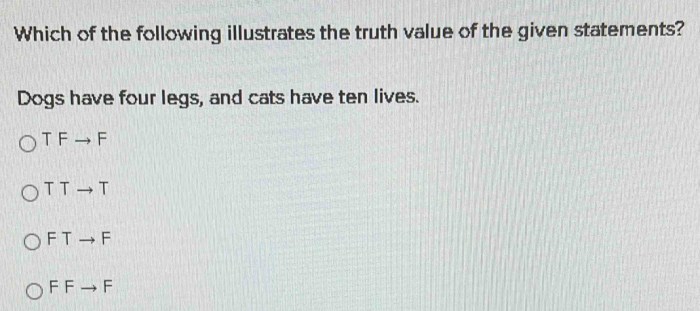Which of the following statements illustrates patient safety with data-entry – Which of the following statements illustrates patient safety with data entry? This question highlights the critical role of accurate data entry in healthcare settings, where even minor errors can have serious consequences for patient safety. Understanding the importance of data entry accuracy and implementing effective strategies to prevent errors are essential for healthcare providers to ensure the well-being of their patients.
Data entry errors in healthcare can lead to incorrect diagnoses, inappropriate treatments, and medication errors, all of which can compromise patient safety. Therefore, it is crucial to implement measures to minimize the risk of such errors, such as double-checking data, using standardized templates, and leveraging technology like electronic health records (EHRs) and barcoding systems.
Data Entry Errors and Patient Safety

Data entry errors in healthcare settings can have serious consequences, compromising patient safety and leading to incorrect diagnoses, improper treatments, and even life-threatening situations. Examples include incorrect medication orders, inaccurate medical records, and missed appointments, all of which can jeopardize patient well-being.
Accurate and complete data entry is crucial for effective patient care. It ensures that healthcare professionals have access to the most up-to-date and reliable information to make informed decisions and provide appropriate treatment.
Strategies for Preventing Data Entry Errors, Which of the following statements illustrates patient safety with data-entry
- Double-checking data entries
- Using standardized templates
- Implementing electronic health records (EHRs)
- Utilizing barcoding systems
- Identifying potential sources of errors and implementing measures to mitigate them
Patient Engagement in Data Entry
Involving patients in data entry processes can enhance accuracy and reduce errors. Patient portals and other tools empower patients to participate in their own care and provide valuable input.
Patient education and training are essential to ensure accurate data entry. Healthcare professionals should provide clear instructions and guidance to patients on how to use data entry systems effectively.
Monitoring and Auditing Data Entry Processes
Regular monitoring of data entry processes is crucial to identify errors and ensure accuracy. Auditing practices assess the effectiveness of data entry practices and identify areas for improvement.
Metrics and indicators used to evaluate data entry performance include:
- Error rates
- Completion times
- Data quality
Continuous Improvement and Innovation
Continuous improvement of data entry processes is essential to enhance patient safety. Exploring emerging technologies and best practices can further reduce data entry errors.
Collaboration and knowledge sharing among healthcare professionals promote data entry safety. Sharing best practices and lessons learned can improve data entry processes across healthcare organizations.
FAQ Summary: Which Of The Following Statements Illustrates Patient Safety With Data-entry
What is the most common type of data entry error in healthcare?
Transcription errors, where data is incorrectly entered due to misreading or misinterpreting the original source.
How can patients contribute to data entry accuracy?
By participating in patient portals and providing accurate information about their medical history, medications, and other relevant details.
What are the benefits of using technology to prevent data entry errors?
Automated data entry systems, such as EHRs and barcoding, can reduce errors by eliminating manual data entry and ensuring data integrity.


